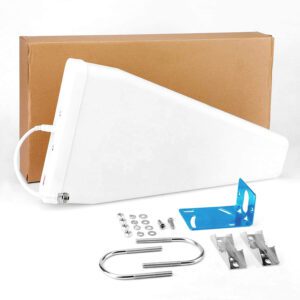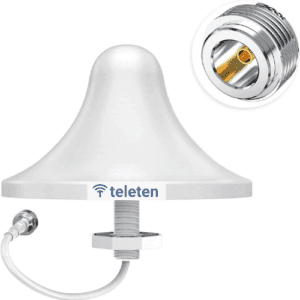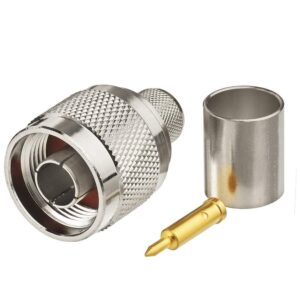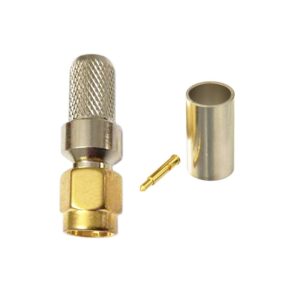Components
- Grounding Clamp:
- Function: Attaches to the 1-2″ cable and provides a point for connecting the grounding conductor.
- Material: Usually made from durable materials such as aluminum, stainless steel, or galvanized steel.
- Design: Designed to fit snugly around the cable and often includes a conductive surface to ensure a good electrical connection.
- Grounding Conductor:
- Function: Connects the grounding clamp to the grounding system or ground rod.
- Material: Typically made from copper or copper-clad steel for good conductivity.
- Gauge: Size of the wire is chosen based on current carrying requirements and local code requirements.
- Grounding Rod or Plate:
- Function: Provides a point for connecting the grounding conductor to the earth.
- Material: Made from copper, galvanized steel, or other conductive materials.
- Installation: The rod or plate is installed into the ground according to local codes and regulations.
- Grounding Connectors and Hardware:
- Function: Includes connectors, bolts, nuts, and other hardware necessary to secure and connect the grounding conductor to the clamp and grounding rod.
- Material: Often made from corrosion-resistant materials.
Specifications
- Cable Size:
- 1 to 2 inches: Designed to fit coaxial cables with an outer diameter ranging from 1 to 2 inches.
- Material:
- Grounding Clamp: Typically made from aluminum, stainless steel, or galvanized steel.
- Grounding Conductor: Usually copper or copper-clad steel.
- Grounding Rod/Plate: Made from copper, galvanized steel, or other conductive materials.
- Electrical Characteristics:
- Conductivity: Components should provide a low-resistance path to ground.
- Corrosion Resistance: Materials should be resistant to environmental factors to ensure long-term reliability.
- Compliance:
- Standards: The kit should comply with relevant industry standards and local electrical codes for grounding and bonding.
Applications
- Telecommunications: Used to ground coaxial cables in telecom installations, ensuring safety and reducing interference.
- Broadcasting: Provides grounding in broadcasting facilities to protect equipment and maintain signal quality.
- Data Communication: Ensures proper grounding in data communication systems.
- Industrial and Commercial: Used in various industrial and commercial settings where coaxial cables need to be properly grounded.
Installation
- Attach the Grounding Clamp: Securely attach the grounding clamp to the 1-2″ cable, ensuring good electrical contact.
- Connect the Grounding Conductor: Attach the grounding wire to the clamp and route it to the grounding rod or plate.
- Install the Grounding Rod/Plate: Place the rod or plate into the ground according to local codes and regulations.
- Secure Connections: Use appropriate connectors and hardware to ensure all connections are secure and reliable.
Performance Characteristics
- Safety: Provides a secure grounding path to prevent electrical faults and ensure equipment safety.
- Signal Integrity: Helps maintain signal quality by reducing electrical noise and interference.
- Reliability: Ensures long-term performance and protection of equipment through effective grounding.






